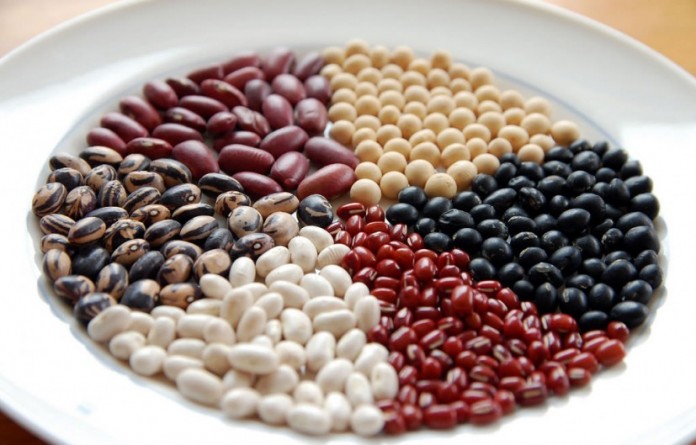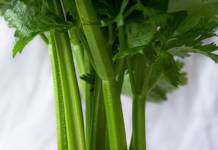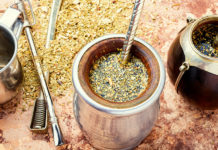According to the American Heart Association, heart disease and stroke are the number 1 and number 4 killers in the U.S.
If you’re at risk of stroke or just want to keep your risk low, you may already know that you should exercise regularly, quit smoking, and avoid processed foods, diet soda and especially trans-fats.
But what you choose to eat plays a huge role in reducing your stroke risk.
Dietary guidelines recommended by the American Heart Association and American College of Cardiology suggest that you keep your diet full of “fruits, vegetables, whole grains, low-fat dairy products, poultry, fish and nuts.”
Similarly, other studies have shown that a traditional Mediterranean diet combats heart disease and stroke. A smart Mediterranean diet is primarily plant-based, consisting mostly of fruits and vegetables, whole grains, legumes and nuts; while supplemented by fish and poultry, olive oil and red wine (in moderation).
Here’s more about why you should get plenty of each of these foods in your diet:
Vegetables & Fruits
Vegetables and fruits are full of vitamins, minerals, phytonutrients, and fiber. They’re also low in calories, which makes them the cornerstone of most healthy diet plans, regardless of your specific health goals. A diet high in fruits and vegetables has also been found to reduce cardiovascular disease risk.
One study showed that older women who eat foods with higher amounts of potassium might be at lower risk of stroke and death. Most fruits and vegetables are a good source of potassium (a few particularly high in potassium foods include bananas and both sweet and white potatoes).
For the greatest health benefits, fruits and vegetables should be eaten whole, unprocessed (not juice from concentrate or canned in syrup) and organic.
Nuts

Nuts contain a variety of unsaturated fats, fiber, Vitamin E and other nutrients, all of which can combine to lower your bad cholesterol levels and prevent blood clots. Almost all nuts have these benefits, but particularly healthy nuts include walnuts, almonds and hazelnuts.
Bonus: it’s easy to substitute nuts for some of your less healthy snacks – they’re easy to pack and taste great, too. Skip on the salted or candied nuts and stick to the real thing.
Beans & Legumes
Beans are a great source of protein, without having the unhealthy fats found in meats. They also are a good source of fiber and minerals, and can also help lower your cholesterol levels!
Try adding beans to salads, wraps, salads – or check out some pasta recipes that feature beans.
Whole Grains
The key to eating healthy grains is to eat them whole whenever possible, instead of processed. Skip the refined flour and switch to whole grain.
For those sensitive to gluten, I often recommend millet, quinoa, buckwheat, teff, amaranth, and oats. Oats can contain gluten if they are processed in a facility where wheat is also processed. Be sure to check labels!
Fish
Substituting fish for red meat in your diet helps you avoid unhealthy fats.
Fish also contain fatty acids called Omega-3s that may reduce blood clotting, increase good cholesterol (HDL), decrease triglycerides, reduce inflammation and more!
For the biggest dose of Omega-3s, try fatty fish such as salmon, lake trout, herring, sardines and tuna. For a great quality source for fresh seafood, I recommend VitalChoice.com.
Olive Oil
Olive oil is a great heart-healthy substitute for saturated fats and trans fats, both of which can harm your cholesterol levels. Olive oil contains monounsaturated fatty acids, which are considered a healthy fat that can improve heart disease risk factors such as cholesterol levels, blood clotting, and insulin levels. You can use olive oil in cooking as well as a substitute spread on your bread or pasta.
—
Photo credits:








